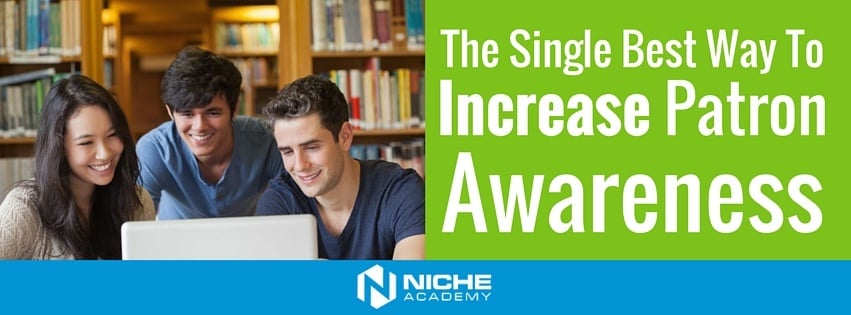There’s a car dealership near where I live that has a new motto: “We Hear You”.
They have a long-running series of billboards emphasizing the message that they listen more than they talk.

I don’t know how effective the campaign has been or how consistently they live out that motto, but I think they’re on the right track.
In the library world, I believe the same principle holds true. Patrons are a library’s customers. Lots of smart libraries have even begun to use the word “customer” instead of “patron”. When a library actively listens to its customers they begin to understand the real educational needs of their communities.
Listening to customers means actively asking questions about what needs people really feel. What do they worry most about? What would they like to know or become? What are their unfulfilled aspirations? Having those conversations means:
- Leaving the library and getting out into the community
- Attending fairs and community events, maybe with a library booth, maybe as an individual participant.
- Building relationships with PTAs, schools, charitable organizations, civic leaders, and actively asking these questions.
Nearly every community need has an education component that the library is well positioned to fulfill. Some examples:
For communities with strong immigrant populations, needs may include English as a second language or help with navigating the citizenship process. Libraries can provide language learning tools and tutorials on the necessary steps to citizenship.
In communities with high birth rates, there is a need for early literacy classes and parenting resources. Libraries can provide “storytime” classes that involve letter recognition and language awareness. Libraries can also provide books on parenting in multiple formats.
In communities with high numbers of retirees, needs may include help navigating the healthcare system or help with genealogical research… you get the idea.
When libraries listen to their customers and match their offerings to those needs, it’s easy to target promotional messages to specific audiences. Those messages will say, in effect, “Hey, I’ve been listening to you, and I have something here that’s exactly what you need.” That gets attention. That raises awareness.
Listening is the single best way to increase patron awareness of library resources.



